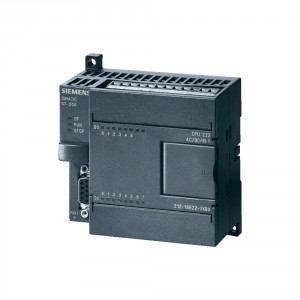PLC and HMI
We continue to carry an extensive stock of Siemens S7 including new and refurbished PLC, CPUs, I/O modules and power supply modules. All our Siemens Simatic S7 range benefits from 12 months warranty ensuring you a total peace of mind.
Also on HMI panels the Siemens OP Series continues to be used worldwide and we have extensive stocks of Panel PC, PG Programmer, Mobile and Touch Panel.
Reconditioned versus Used items
Used is not the same as refurbished and it is very important to understand the difference. A part that has not been refurbished can be a gamble. A used part will still have old components fitted inside and therefore it could have been in use for 10 years or more. Some components, such as capacitors, can have a lifespan of 7 years and will develop faults after this time. This can lead to used parts developing intermittent faults or failing shortly after the warranty period has expired so better be careful.
Slightly more expensive, a reconditioned part should ensure the part lasts a lot longer than the warranty period and reduces the chance of the part being dead on arrival. All the parts we sell from stock receive a full preventative maintenance service. This means we replace serviceable components such as fans, capacitors and relays to ensure the maximum lifespan of our parts.
Siemens Simodrive
We have a massive selection of Siemens Simodrive parts in stock including new, refurbished and obsolete items.
Siemens Simoreg
New, refurbished and obsolete Simoreg DC Drives are available from Industrial Control. Single and also Four Quadrant in a power range of 6.3kW to 2500kW are available, all with 12 months warranty.
Siemens Micromaster
We continue to support a full range of Siemens Micromaster drives. We also have extensive stock of Simovert and Midimaster inverter drives available for immediate dispatch.


